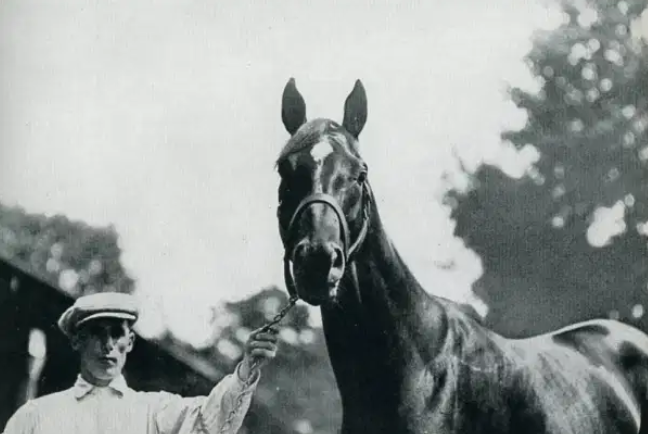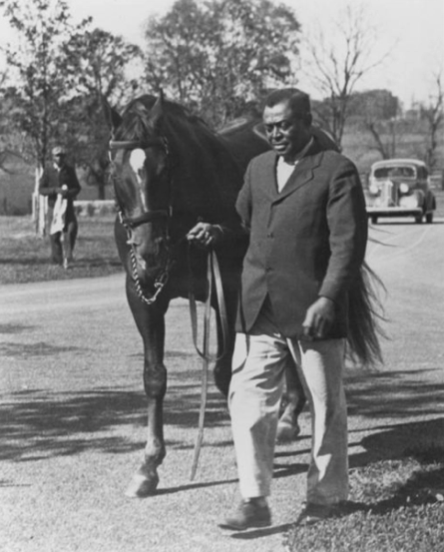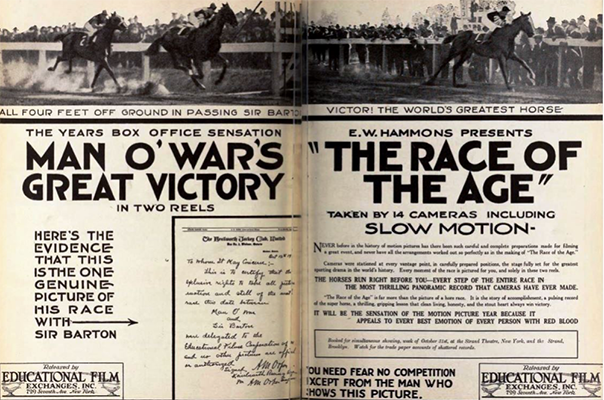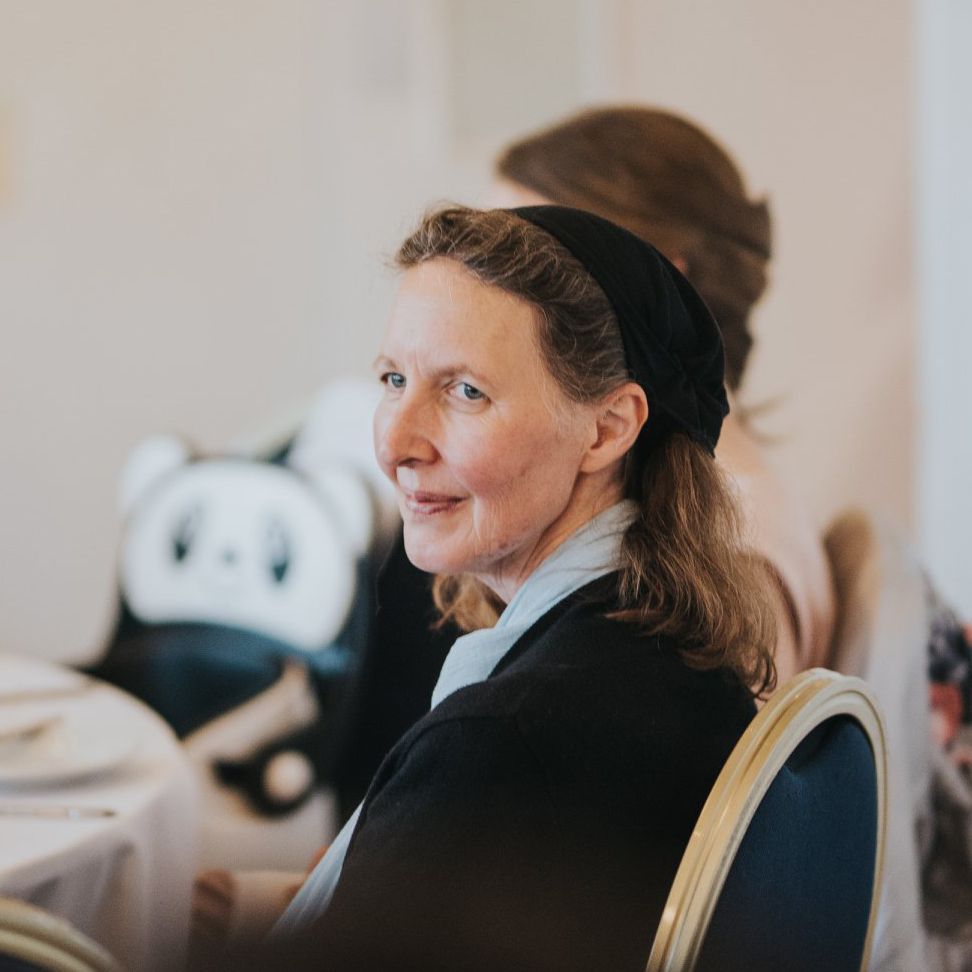10th July - No letter
Secret diary: Sat Back to Brennan
Official diary (10th July): I went back to Brennan’s and stayed here until the 14th.
Location: Brennan’s
Nothing of great significance appeared to have happened on this day in CHTL's life that we know about, but elsewhere in the world something momentous occurred that CHTL would have been thrilled to read about later on.
It went down in history as: July 10, 1920 - The 'greatest horse' Man O' War wins the 'greatest race' of turf history at Aqueduct New York.
More than 25,000 showed up at Aqueduct to see what would come to be called “the greatest horse race that has been seen on the American turf in more than a decade,” a match race that hadn’t been designed that way, but which became one when only John P. Grier showed up to take on Man o’ War in a “whirlwind battle of speed and stamina.” As the Times tells us in its recap of the Dwyer:
At no time in the race up to the final fifty yards did daylight ever show between [the two horses,] ...The great thrill came from the fact that Man o’ War was finally put to a real test against a three-year-old which in any other year would be a champion, and was forced to do his best over a greater part of the distance to gain finally the decision.

The race was scorchingly fast... One of them had to crack—and Grier was the logical candidate—but after they entered the stretch still lapped on, the unbelievable happened. It was John P. Grier who began to inch away, getting his head in front at the three-sixteenths pole...
For just a second there loomed the possibility of the horse of the century meeting defeat...
A touch of the whip, though, and Man o’ War surged; not quite done, John P. Grier found another gear, too, but within strides, it was over, and Man o’ War, with a two length victory, asserted his claim to the title of the best horse in the country.
The 1920 Dwyer: Man o’ War’s Test By TERESA GENARO May 7, 2010 therail.blogs.nytimes.com
The champion was:
…a horse of exquisite beauty in the giant economy size. The sun glinted through the window and struck the chestnut coat of Man o’ War so that his redness glowed until he almost seemed to stand in an aura of fire. There was a majestic lift to this head and his liquid brown eyes stared with imperious insolence. He was a king and he knew it.
Arthur Daley of The New York Times writing in 1954
Ten years later in 1930, an African American man called Will Harbut became Man O’War’s groom. Will had a reputation of being a fine horse man and something of a horse whisperer. He’d risen from the restraints of the slave era to the freedom of becoming a well respected celebrity horse’s handler.


There was a special bond between the two. Visitors flocked to see Man O War and Will protected him as any friend would protect a great celebrity. He began his introduction to the crowds of fans with: “Folks, this is Man O’ War. He’s the greatest horse that ever lived. He’s the most and he’s going to go on being the most as long as you and I can tell about it.” Will always proclaimed the amazing talents of Man O’War, now a very productive stud horse. ”He's got everythin' a horse ought to have and he's got it where a horse ought to have it. He's the mostest horse.”
After Will suffered a devastating stroke and died, (3 October 1947) Man O’ War, lay down in his stable a month later (1 November 1947) and never got up again.
Later in CHTL's life horse racing would become the passion which usurped fishing. What a story to discuss beside the great race courses in England as no doubt the name of 'Man o War' would have come up as the runners of the day were compared with the 'greats' of the past.

One usually remembers where one was when landmark events happen. Maybe CHTL would have chuckled to himself as he recalled that as Man o'War was winning the greatest race of turf history, he was sitting in an Irish farmhouse working out the odds of winning another contest requiring stamina and a race strategy that needed to ensure that he was at least 'two lengths ahead' of his captors to win his freedom! His big race was to be a one horse steeplechase: over fences, open ditches and water jumps!
https://thevaulthorseracing.wordpress.com/2011/08/23/a-living-flame-will-harbut-and-man-owar/ (Livingston, Barbara. "Chasing Man o' War - the photo blog". Daily Racing Form. Retrieved March 29, 2017)

